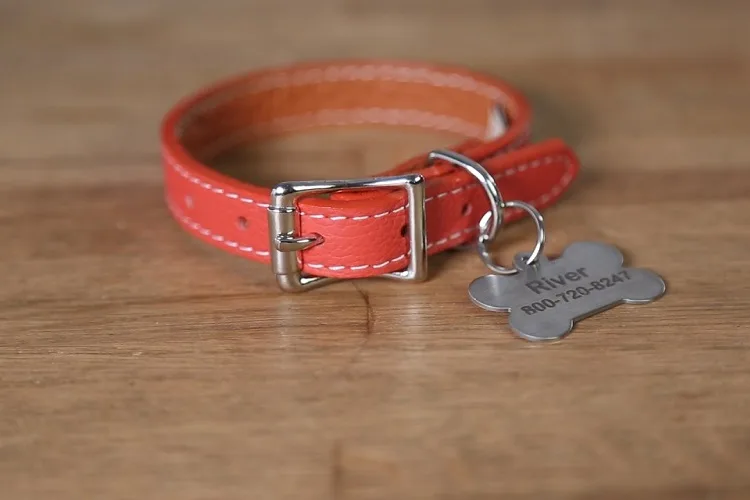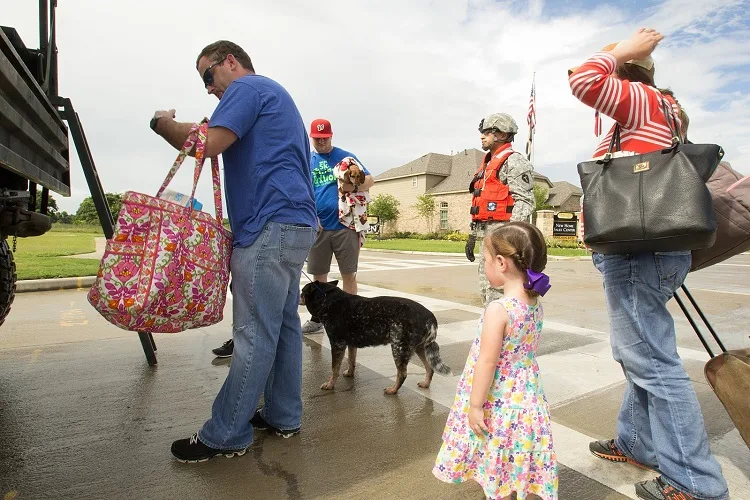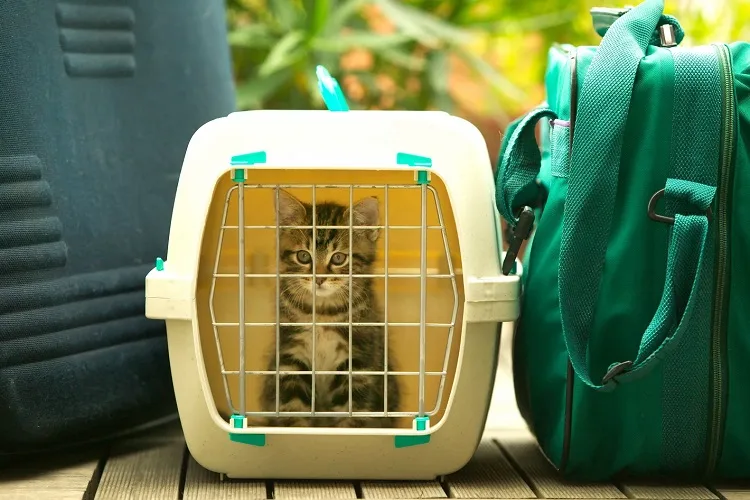SHTFDad may collect a share of sales or other compensation from the links on this page.
Although most preppers have a disaster plan for their family, many forget about their pets.
That can mean making the heartbreaking decision to leave your dog or cat behind to try to survive alone.
Here’s how to create a disaster preparedness plan to keep your pets alive and safe when the SHTF.
ID Your Pet
If your dog or cat isn’t wearing an up-to-date ID tag, there’s little chance you will be reunited with your pet. Include your cellphone number on your pet’s tag and give a friend or relative’s number outside your immediate area in case you have had to evacuate.
You could opt to have your pet microchipped, but the average person who finds an abandoned or lost pet won’t have a scanner, although they will be able to read a plastic ID tag!
If You Evacuate, Take Your Pets!
If the situation isn’t safe for you and your family, it’s not safe for your pets either.
You don’t know how long you’ll be kept out of your hometown, and you might be prevented from returning to get your pets. As we saw when Hurricane Katrina hit back in 2005, abandoned pets can easily be killed, injured, or lost. So, be prepared to put your animals in suitable pet carriers and take them with you.
Cats should ride in sturdy plastic carriers, while your dog should travel in a very durable crate to prevent Fido from escaping if he panics.
Evacuate Early
Don’t wait for a mandatory evacuation order to be issued! If you wait to be told to evacuate by the authorities, you might be instructed to leave your pets behind.
Getting out of town before things get really bad makes the process of evacuating much less stressful for everyone concerned.
Dogs, cats, and horses will be afraid of high winds, the smell of smoke, and the sight and sound of wildfires. That can make loading your pet into a crate or vehicle difficult.
Find A Pet-Friendly Place to Stay In Advance
Unless you have a DIY bunker, you should know that emergency shelters don’t always accept pets, especially if space is at a premium.
So, before disaster strikes, check with your local emergency management officials to ensure that you will be permitted to evacuate with your pets. Also, you must verify that there are shelters that can accommodate you and your furry friends.
We recommend contacting motels and hotels outside your area and making a list of those accepting pets. Check what restrictions are placed on the species, number, and size of acceptable animals. You also need to ask if the accommodation would waive a no-pet policy in an emergency.
Make a list of pet-friendly places you could go and be sure to call ahead to make a reservation as soon as you think you might need to evacuate.
Ask Friends and Relatives for Help
Contact friends and relatives who live outside your immediate area to see if they would be able to offer shelter for you and your furry friends.
Remember that if you have more than one pet, you might need to arrange multiple carers at separate locations.
Consider Vet Clinics and Boarding Kennels
Sometimes, boarding kennels and vet clinics offer animals shelter during emergencies. Make a list of likely facilities that might be able to help, including their 24-hour telephone numbers.
Some animal shelters offer foster care for pets in emergency disaster situations. However, you need to bear in mind that rescues and shelters generally operate on a shoestring with minimal resources.
Create A “Bug-Out” Bag for Your Pet
You need a bug-out bag with everything your pet needs in an emergency. Put the bag with your pet carrier or crate so that everything you need is on hand if you must evacuate in a hurry.
The pet bug-out bag should include the following essentials:
- Collapsible food and water bowl
- Documents
- Muzzle, collar, and leash, if appropriate
- Spare tags
- Vacuum-sealed food packets
- Water
- Water purification tablets
Including one of your pet’s favorite toys or a blanket is also a good idea. The familiarity of that item can give your pet a sense of security and help them to settle in a strange environment.
Prepare Evacuation Documents for Your Pet
Pets without the necessary valid vaccination certificates won’t generally be allowed to enter emergency shelters, and that could mean you’ll have to leave your pet behind.
Assemble the following documentation and keep it close to your pet’s bug-out bag in a waterproof binder.
- A handout containing information about your pet, including a recent photograph, so that your pet can be identified if you get separated in the confusion of an emergency situation.
- Your contact information, including alternative emergency contact details, in case you can’t be reached at your regular numbers.
- Your pet’s microchip number, if applicable.
- Your pet’s vaccination history and certificates.
- Your pet’s medical history, including details of any current medication he needs.
We recommend that you also include information regarding any particular behavioral quirks or special dietary requirements that your pet has.
After The Disaster
Often, pets find adjusting to things after the trauma of a disaster difficult. So, once the disaster is over and you can return to your home, you still need to think of your pets’ welfare.
Check Your Property for Displaced Wildlife

If your area has been flooded or affected by wildfires, there’s a good chance that your home and yard might have provided a refuge for displaced wildlife, including snakes, possums, and feral animals.
Those creatures are likely to be even more afraid of you than you are of them, but some could react to the stressful situation by becoming aggressive.
Before you do anything else, take a good look around your property for any wildlife that could pose a threat to your family and your pets. If you discover an intruder, contact your local ASPCA or control officer to deal with the animal, and don’t put yourself in danger.
Keep Your Pets Indoors
Familiar smells and landmarks might be gone, and your pet will be disoriented and confused. It’s all too easy for a cat or dog to get lost in such situations, so don’t allow your pets to wander away from you when you first come home.
There might also be lots of debris, including broken glass, nails, and sharp pieces of broken wood lying around that could injure your pet.
While you take stock of the damage, keep your dog leashed or in his crate and your cat in her carrier, ideally inside somewhere safe. Remember, if your home has been damaged, your pets could escape and run away.
Behavioral Changes
Be prepared to be extremely patient and tolerant with your pets after a disaster. It’s essential to try to re-establish a normal routine as quickly as possible and be ready for your dog or cat to exhibit behavioral problems at first.
Evacuation in the midst of a natural disaster is extremely stressful for both you and your pets, and any unwanted behaviors are undoubtedly caused by that stress.
Once things get back to normal, your pet’s behavior should return to normal. However, if you’re concerned about your pet’s well-being following a disaster, chat with your vet.
Final Thoughts
Disaster preparedness doesn’t just go for your family; being ready to cope in an emergency situation applies to pets too!
Have a clear evacuation plan for your pets, create a bug-out bag, and know where you can go in case emergency shelters are full or don’t cater to pets.
Resources:



